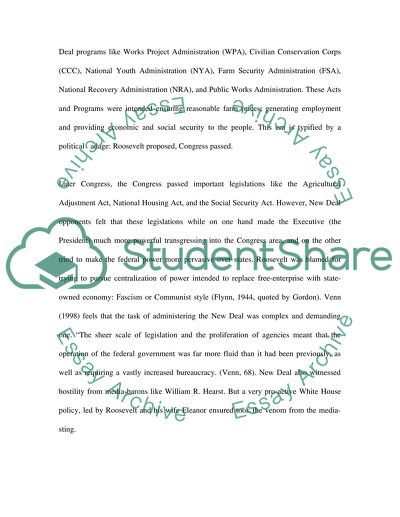Cite this document
(New Deal in Roosevelt's Politics Coursework Example | Topics and Well Written Essays - 1750 words, n.d.)
New Deal in Roosevelt's Politics Coursework Example | Topics and Well Written Essays - 1750 words. Retrieved from https://studentshare.org/law/1546486-new-deal-one-topic-to-choose-among-6
New Deal in Roosevelt's Politics Coursework Example | Topics and Well Written Essays - 1750 words. Retrieved from https://studentshare.org/law/1546486-new-deal-one-topic-to-choose-among-6
(New Deal in Roosevelt'S Politics Coursework Example | Topics and Well Written Essays - 1750 Words)
New Deal in Roosevelt'S Politics Coursework Example | Topics and Well Written Essays - 1750 Words. https://studentshare.org/law/1546486-new-deal-one-topic-to-choose-among-6.
New Deal in Roosevelt'S Politics Coursework Example | Topics and Well Written Essays - 1750 Words. https://studentshare.org/law/1546486-new-deal-one-topic-to-choose-among-6.
“New Deal in Roosevelt'S Politics Coursework Example | Topics and Well Written Essays - 1750 Words”. https://studentshare.org/law/1546486-new-deal-one-topic-to-choose-among-6.


